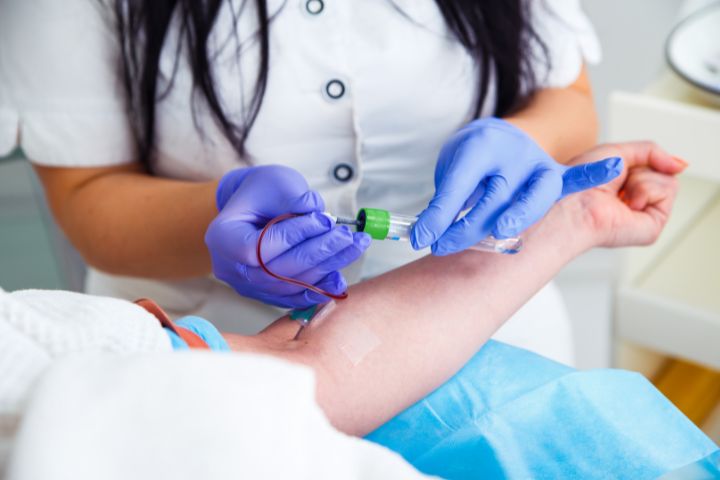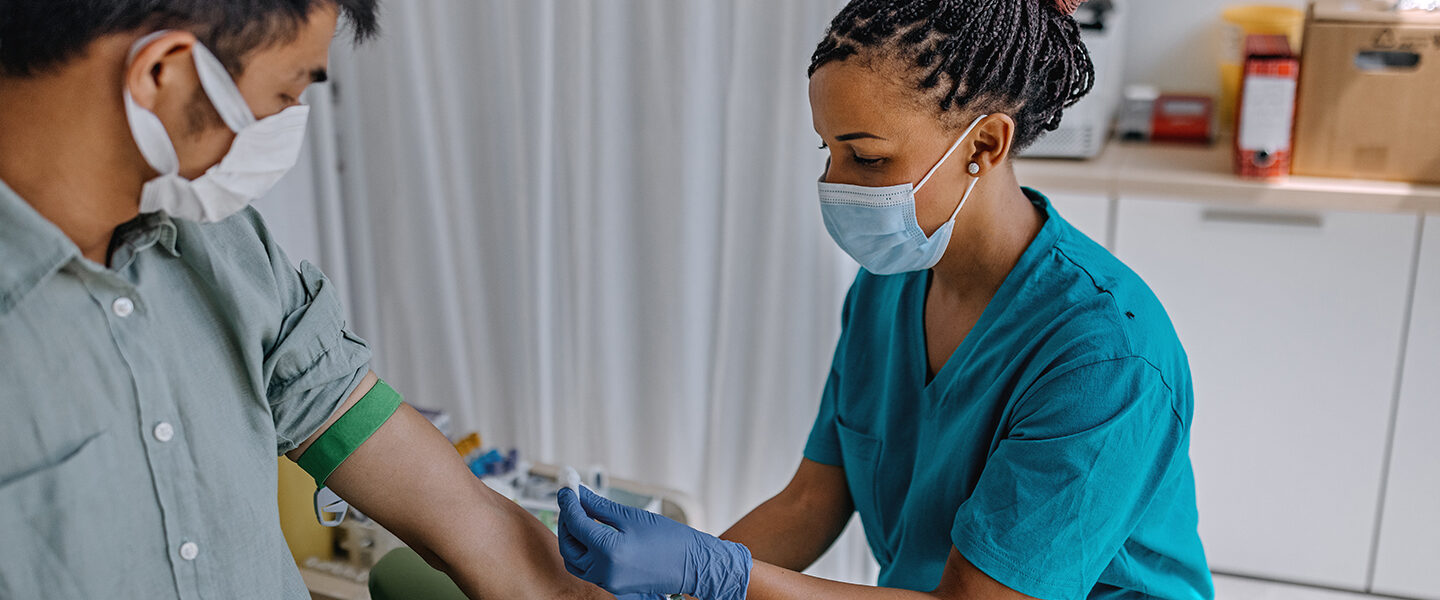Some Of Northeast Medical Institute - New Haven Campus Phlebotomy Course & Cna Class
Table of ContentsNortheast Medical Institute - New Haven Campus Phlebotomy Course & Cna Class for DummiesWhat Does Northeast Medical Institute - New Haven Campus Phlebotomy Course & Cna Class Mean?The 10-Second Trick For Northeast Medical Institute - New Haven Campus Phlebotomy Course & Cna ClassNortheast Medical Institute - New Haven Campus Phlebotomy Course & Cna Class Can Be Fun For AnyoneThe Definitive Guide to Northeast Medical Institute - New Haven Campus Phlebotomy Course & Cna ClassNortheast Medical Institute - New Haven Campus Phlebotomy Course & Cna Class for Beginners
The use of such devices must be accompanied by various other infection prevention and control techniques, and training in their use. Not all safety and security gadgets are relevant to phlebotomy. Before picking a safety-engineered gadget, customers ought to thoroughly examine readily available tools to determine their appropriate usage, compatibility with existing phlebotomy methods, and efficacy in securing staff and patients (12, 33).For setups with low resources, cost is a motoring element in procurement of safety-engineered devices - Phlebotomy Training. Where safety-engineered devices are not offered, proficient use a needle and syringe is acceptable. Accidental direct exposure and details information regarding an event need to be recorded in a register. Assistance services ought to be advertised for those that undertake unexpected exposure.
labelling); transportation problems; interpretation of results for scientific administration. In an outpatient division or facility, give a committed phlebotomy workstation containing: a tidy surface area with two chairs (one for the phlebotomist and the various other for the person); a hand clean container with soap, running water and paper towels; alcohol hand rub. In the blood-sampling room for an outpatient division or center, supply a comfortable reclining sofa with an arm rest.
The Ultimate Guide To Northeast Medical Institute - New Haven Campus Phlebotomy Course & Cna Class
Ensure that the indicators for blood tasting are plainly defined, either in a written method or in documented instructions (e.g. in a research laboratory kind). Collect all the equipment needed for the treatment and area it within secure and easy reach on a tray or trolley, ensuring that all the items are clearly visible.
Where the patient is adult and mindful, follow the steps laid out below. Present on your own to the client, and ask the client to state their full name. Check that the laboratory form matches the individual's identification (i.e. match the individual's information with the research laboratory type, to make certain exact recognition). Ask whether the license has allergic reactions, anxieties or has ever collapsed during previous shots or blood attracts.
Make the individual comfy in a supine setting (when possible). Place a clean paper or towel under the person's arm. Go over the test to be done (see Annex F) and obtain verbal authorization. The patient has a right to refuse an examination any time before the blood sampling, so it is essential to guarantee that the patient has understood the procedure.
Northeast Medical Institute - New Haven Campus Phlebotomy Course & Cna Class - The Facts
Expand the patient's arm and evaluate the antecubital fossa or lower arm. Situate a capillary of a great dimension that is noticeable, straight and clear. The diagram in Section 2.3, reveals usual settings of the vessels, however many variants are possible. The average cubital capillary exists in between muscular tissues and is generally the most easy to puncture.
DO NOT insert the needle where blood vessels are drawing away, since this boosts the opportunity of a haematoma. Finding the capillary will aid in determining the appropriate dimension of needle.
Haemolysis, contamination and visibility of intravenous liquid and medicine can all change the results (39. Nursing staff and physicians may access central venous lines for samplings following procedures. However, samplings from central lines bring a danger of contamination or incorrect laboratory test results (https://dc-washington.cataloxy.us/firms/northeastmedicalinstitute.com.htm#google_vignette). It is acceptable, but not ideal, to injure samplings when initial presenting an in-dwelling venous device, before attaching the cannula to the intravenous liquids.
Northeast Medical Institute - New Haven Campus Phlebotomy Course & Cna Class - Truths
Failing to allow adequate contact time boosts the danger of contamination. DO NOT touch the cleansed website; in certain, DO NOT place a finger over the vein to assist the shaft of the revealed needle.
Ask the client to create a fist so the blood vessels are a lot more noticeable. Get in the vein quickly at a 30 level angle or less, and continue to present the needle along check out here the blood vessel at the easiest angle of access - CNA Training. When adequate blood has actually been gathered, release the tourniquet prior to taking out the needle
About Northeast Medical Institute - New Haven Campus Phlebotomy Course & Cna Class
Take out the needle gently and use mild pressure to the site with a clean gauze or dry cotton-wool ball. Ask the patient to hold the gauze or cotton wool in location, with the arm prolonged and raised. Ask the patient NOT to flex the arm, because doing so causes a haematoma.

The smart Trick of Northeast Medical Institute - New Haven Campus Phlebotomy Course & Cna Class That Nobody is Talking About
Where feasible, keep the tubes in a rack and relocate the rack towards you - https://telegra.ph/Northeast-Medical-Institute-New-Haven-Campus-Phlebotomy-Course--CNA-Class-06-29. If the example tube does not have a rubber stopper, infuse exceptionally gradually right into the tube as minimizing the pressure and rate utilized to move the specimen reduces the risk of haemolysis.
